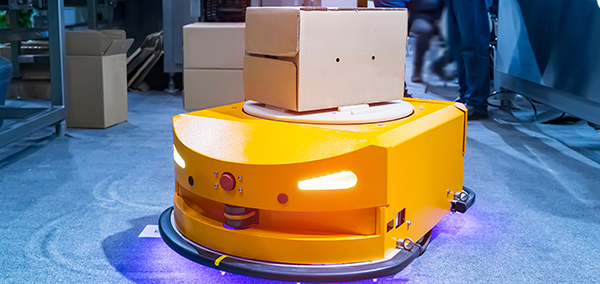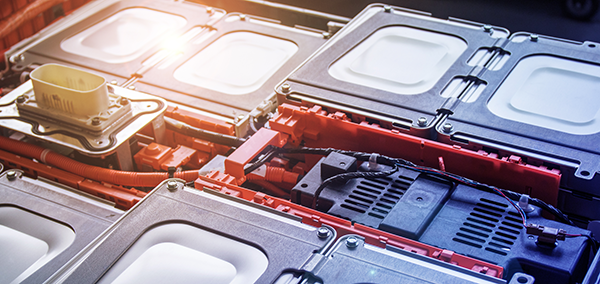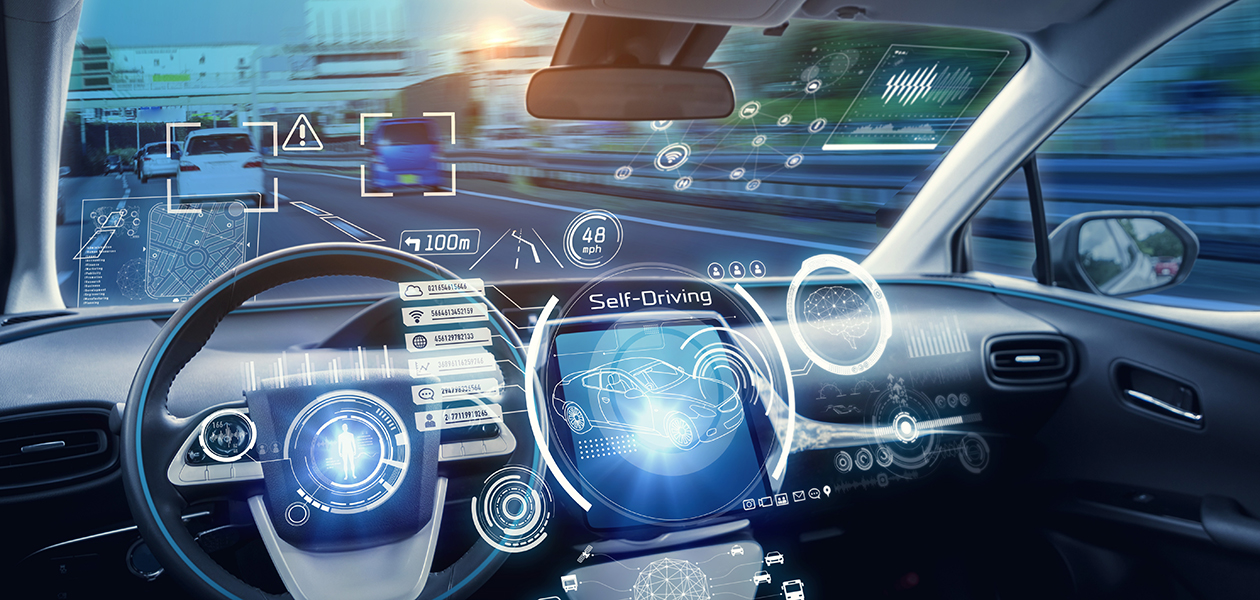Technological advances ranging from improved energy storage to artificial intelligence will be key to enabling future mobility solutions.
When we imagine a cityscape of the future, many of us might think of gleaming mega-cities, flying cars and shining skyscrapers—the staples of science fiction. However, the reality is often less rosy. In practice, the global upward trend in urbanisation has left many cities ill-equipped to deal with the constant rise in population, bringing with it problems such as overcrowding, inefficient transportation and traffic congestion.
In a bid to ease their transport woes, people often turn to private means of transportation, for instance, by purchasing their own car. Paradoxically, this is likely to create more problems that add to the challenge of adapting to urbanisation, such as pollution and an increased demand for fuel. Combined with more cars on the roads, which will also undoubtedly aggravate traffic congestion, there is a clear need to seek more sustainable mobility solutions.

Cooperatively bridging the last mile
The ‘last mile problem’ is an issue faced in the transportation of goods and people, referring to the challenge of getting people or objects to their end destination, i.e. door-to-door mobility. For example, public transport can take commuters to the general vicinity of their destination. However, arriving at the doorstep of that destination would still require walking or hailing a private taxi.
Autonomous vehicles, which could act as shuttle buses to deliver people to their destination, are a potential solution to the last mile problem. In Singapore, autonomous vehicles are being trialled under the aegis of the Smart Nation initiative to provide on-demand service and greater mobility for groups like the elderly, an essential consideration given the country’s aging population.
However, autonomous vehicles must also be able to navigate traffic conditions common in the urban landscape, such as traffic junctions and roundabouts, which are governed by complex traffic rules. Sound, rapid decision-making at such junctures is therefore critical to safety and smooth traffic flow.
One technology that could resolve this issue is cooperative automated driving, which would enable automated shuttle buses to share information such as their planned routes and decisions at traffic junctions with each other. Adjustments can then be made depending on the decisions of other vehicles and the traffic situation. By supporting coordination between many automated shuttle buses, this ‘hive mind’-like technology can therefore enhance efficiency and safety.

Sending robots to the customer’s doorstep
The last mile problem also plagues the supply chain, accounting for at least half of the transportation cost despite being a comparatively short distance. Issues such as limited manpower and poor infrastructure may feed into the problem, negatively impacting efficiency and customer impressions. One of the consequences of the last mile problem is late delivery, which could cost a company future revenue.
On-demand delivery robots could be an excellent option to overcome the last mile problem in logistics, but for such robots to succeed, they will need to be highly adaptable to an ever-changing environment.
The visual perception module, comprising of a 3D sensor, depth camera and stereo vision camera, enables a robot to map out its immediate 3D environment. Compact, easy to integrate and requiring zero maintenance, this module will enable robots to recognise obstacles, objects of interest and people in dynamic fashion. Furthermore, this module can allow robots to recognise power charging stations, enabling them to keep themselves powered while on the go.

Back to batteries
With future mobility solutions will inevitably come an increasing reliance on batteries, which will require high capacity for energy storage, battery lifetime and reliability. In addition to this, greater emphasis on battery safety will be key to ensuring public confidence in these mobility solutions.
With their high energy density, lithium-ion batteries are a popular choice for mobility solutions. However, recent news headlines on lithium-ion battery fires drive home the importance of thermal regulation for safety. Furthermore, proper temperature control is also critical to ensure optimal battery performance.
This battery thermal management technology provides a liquid cooling system that uniformly interacts with individual battery cells. By evenly distributing coolant and maintaining the appropriate operational temperatures, the system enhances safety and helps extend battery lifespan. Compact and lightweight, this technology is also easily fabricated using standard manufacturing processes.

Lithium-sulfur batteries also look set to be a game-changer, providing double the capacity for energy storage compared to the more common lithium-ion batteries. The use of sulfur also makes these batteries cost-efficient and sustainable. These properties combined make lithium-sulfur batteries an excellent choice for powering anything from handheld electronic devices to autonomous vehicles over a longer period at a lower cost, while exacting a smaller toll on the environment.
Although achieving a futuristic vision of mobility comes fraught with challenges, technology spanning both hardware and software will bring us closer to that goal. Look no further than IPI’s Future Mobility bundle for a comprehensive suite of solutions spanning the entire transportation value chain that will make tomorrow’s technologies a reality today.

